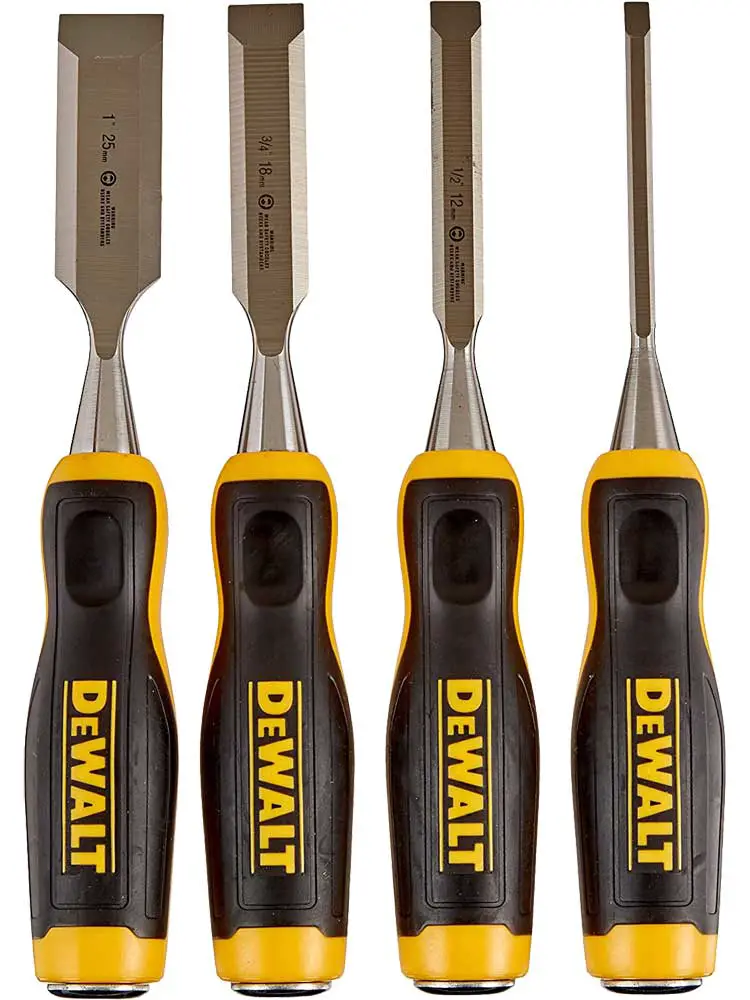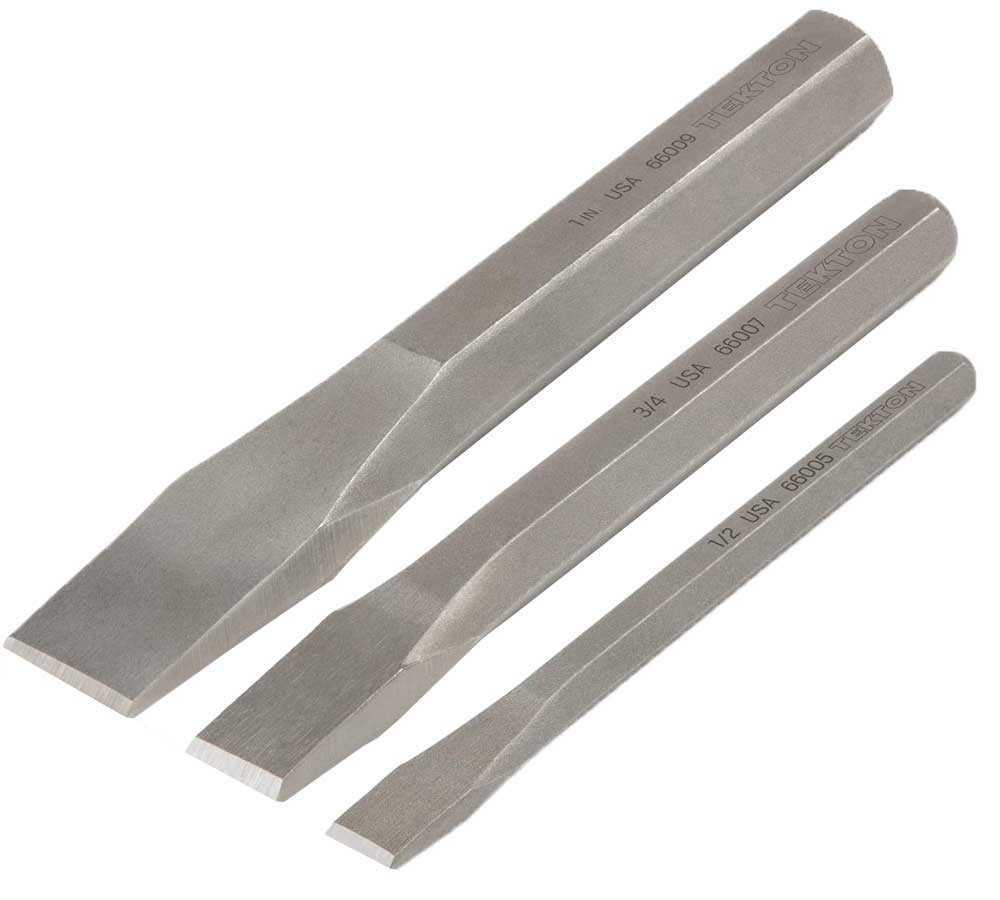When it comes to woodworking, there are a few different tools that you will need in your arsenal. One of the most important is the chisel. Chisels come in a variety of shapes and sizes, but two of the most common types are the wood chisel and the cold chisel. So, which one is right for you? In this article, we will compare the two types of chisels and help you decide which one is best for your needs.

What is a wood chisel?
A wood chisel is a tool that is used to carve or cut wood. It has a sharp, metal blade that is set at an angle to the handle. This allows you to apply pressure to the chisel and create precise cuts in the wood. Wood chisels are available in a variety of sizes, so you can choose one that is best suited for the project you are working on.
One of the benefits of using a wood chisel is that it is less likely to damage the wood than a power tool. This makes it ideal for delicate projects or for working with expensive wood. However, the downside is that it can be more difficult to control than a power tool.
There are a few things to keep in mind when using a wood chisel:
- Always sharpen the blade before use. A dull chisel will be more difficult to control and can damage the wood.
- Apply even pressure when using the chisel. If you apply too much pressure, the blade may slip and damage the wood.
- Be careful not to overcut. This can cause the wood to split or crack.
Now that you know a little bit more about wood chisels, let’s take a look at cold chisels.
What is a cold chisel?
A cold chisel is a steel tool with a sharp, hardened edge that’s used for metalworking. The name “cold chisel” comes from the fact that it’s used to cut metal that’s cold, as opposed to hot metal. Cold chisels are available in a variety of sizes and shapes, and they’re used for a variety of tasks, from cutting metal to shaping it.
There are two main types of cold chisels:
- Standard cold chisels: These are the most common type of cold chisels. They have a rectangular cross-section and a blunt end. The rectangular cross-section gives them more strength, making them ideal for cutting through tougher metals.
- Parallel cold chisels: These have parallel sides and a pointed end. They’re narrower than standard cold chisels, making them better for cutting narrower grooves.
cold chisels are made from a variety of materials, but the most common type is carbon steel. Carbon steel is a strong and durable material that can stand up to a lot of wear and tear. However, it is susceptible to rusting, so it’s important to keep your cold chisel clean and dry.
If you’re looking for a cold chisel that’s more resistant to rust, you might want to consider one made from stainless steel. Stainless steel is a more expensive option, but it’s worth the investment if you’re concerned about rust.
There are a few things to keep in mind when using a cold chisel:
- Wear gloves: Cold chisels are sharp and can cause cuts. Wear gloves to protect your hands.
- Use a hammer: Cold chisels are designed to be used with a hammer. Don’t try to use them without one.
- Apply pressure evenly: When you’re using a cold chisel, apply pressure evenly to avoid chipping the metal.
- Go slowly: Cold chisels can remove a lot of material quickly, so go slowly and be careful.
6 differences between Wood Chisel and Cold Chisel
Firstly, the wood chisel is the most common type of chisel which is usually used for softer woods, such as pine or cedar. The blade of a wood chisel is usually beveled on one side, which allows you to create clean, precise cuts.
On the other hand, the cold chisel is designed for tougher materials, such as concrete or stone. The blade of a cold chisel is usually flat, which makes it ideal for breaking up hard surfaces.
Secondly, the wood chisel is better for working with small, delicate pieces while the cold chisel is ideal for larger projects.
Thirdly, the wood chisel is less likely to cause damage to the workpiece but the cold chisel can handle tougher materials and is less likely to damage the workpiece.
Fourthly, the wood chisel is typically used for softer woods while the cold chisel is designed for tougher materials.
Fifthly, the blade of a wood chisel is usually beveled on one side while the blade of a cold chisel is usually flat.
Finally, no matter which type of chisel you choose, be sure to use it safely and always wear protective gear when working with any type of tool. Happy woodworking!
Conclusion
In conclusion, it really depends on the project you are working on as to which type of chisel is right for you. If you are working with softwoods, small, delicate pieces, then a wood chisel is the way to go. However, if you are working with tougher materials or a larger project, then a cold chisel is the better choice. No matter which type of chisel you choose, be sure to use it safely and always wear protective gear when working with any type of tool. Happy woodworking!

